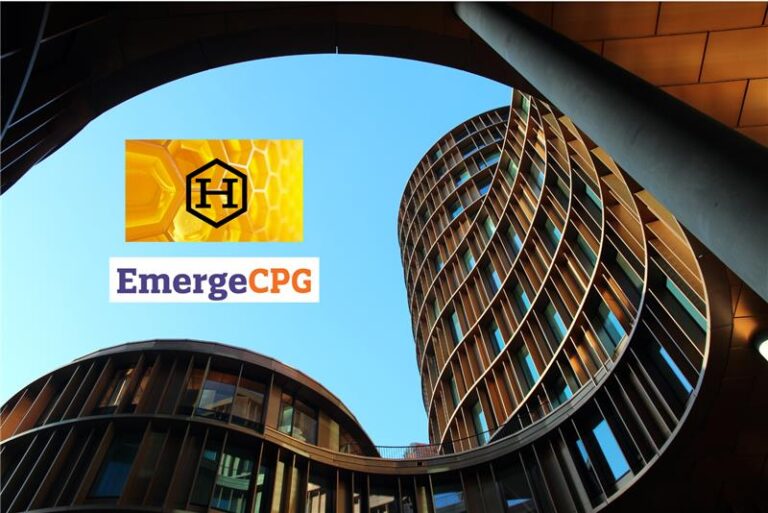MALVERN, PA — In the age of social media, grassroots marketing has taken on a whole new look. Marketing programs that tap into user-generated content are more commonplace than ever. And with that, influencers and affiliates are partnering with brands of every size for paid endorsements with hopes of going viral.
In a “lunch and learn” webinar hosted by Emerge CPG, Kim Biddle, co-founder of Clutch Affiliate and an expert in the field, presented the benefits and key considerations for affiliate marketing.
Biddle is also a mentor in the Emerge CPG network and offers advice to its members on how to develop influencer and affiliate marketing strategies.
“The biggest question I get is, ‘Is affiliate marketing right for my products and my business’ stage of growth?’” said Biddle, who primarily works with emerging brands. “Wherever you are in your business right now — whether you’re a ‘solopreneur’ and just getting started or a $5 million or $100 million brand — affiliate marketing can be a winning growth strategy.”
One of the first considerations, she said, is knowing the difference between affiliates and influencers. Affiliate marketing can often be confused with influencer marketing, which operates quite differently and therefore yields different results.
While both strategies work with individuals to endorse products or brands, affiliates are typically seen more as partners, and the structure is performance based.
“At the most basic level, it’s a type of marketing that creates a system for rewarding people who generate sales or drive traffic to the brand,” Biddle said.
Those promotional activities could include anything from social media posts and videos to blog posts to personal word-of-mouth with co-workers, neighbors and friends.
Affiliates often have their own “share code” for people to enter when purchasing the product, which tracks the referrals an affiliate makes. Based on that, affiliates are compensated based on their performance of brand promotion and driving sales.
“Affiliates are seen as a natural extension of your sales team,” Biddle said.









